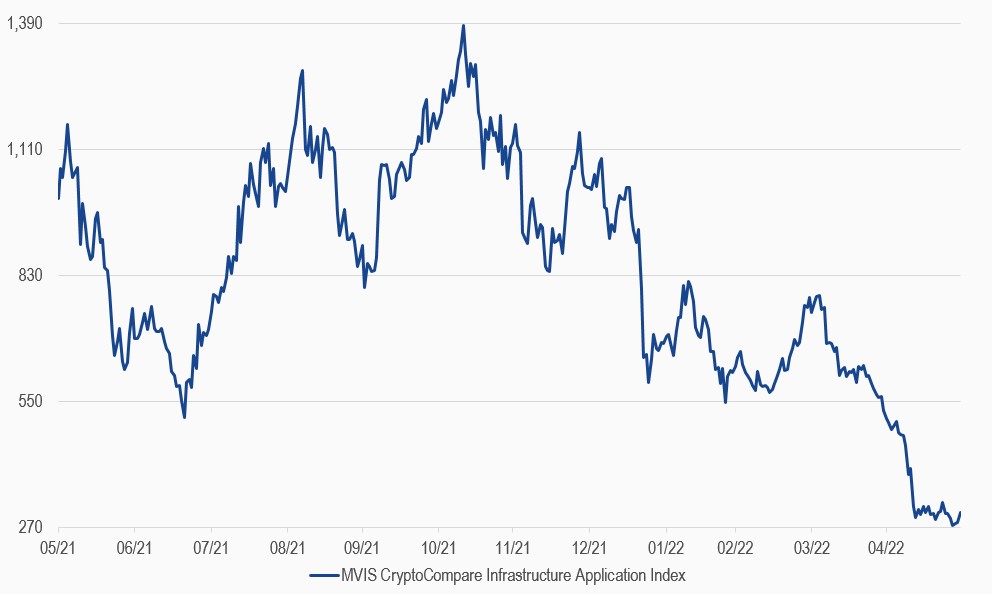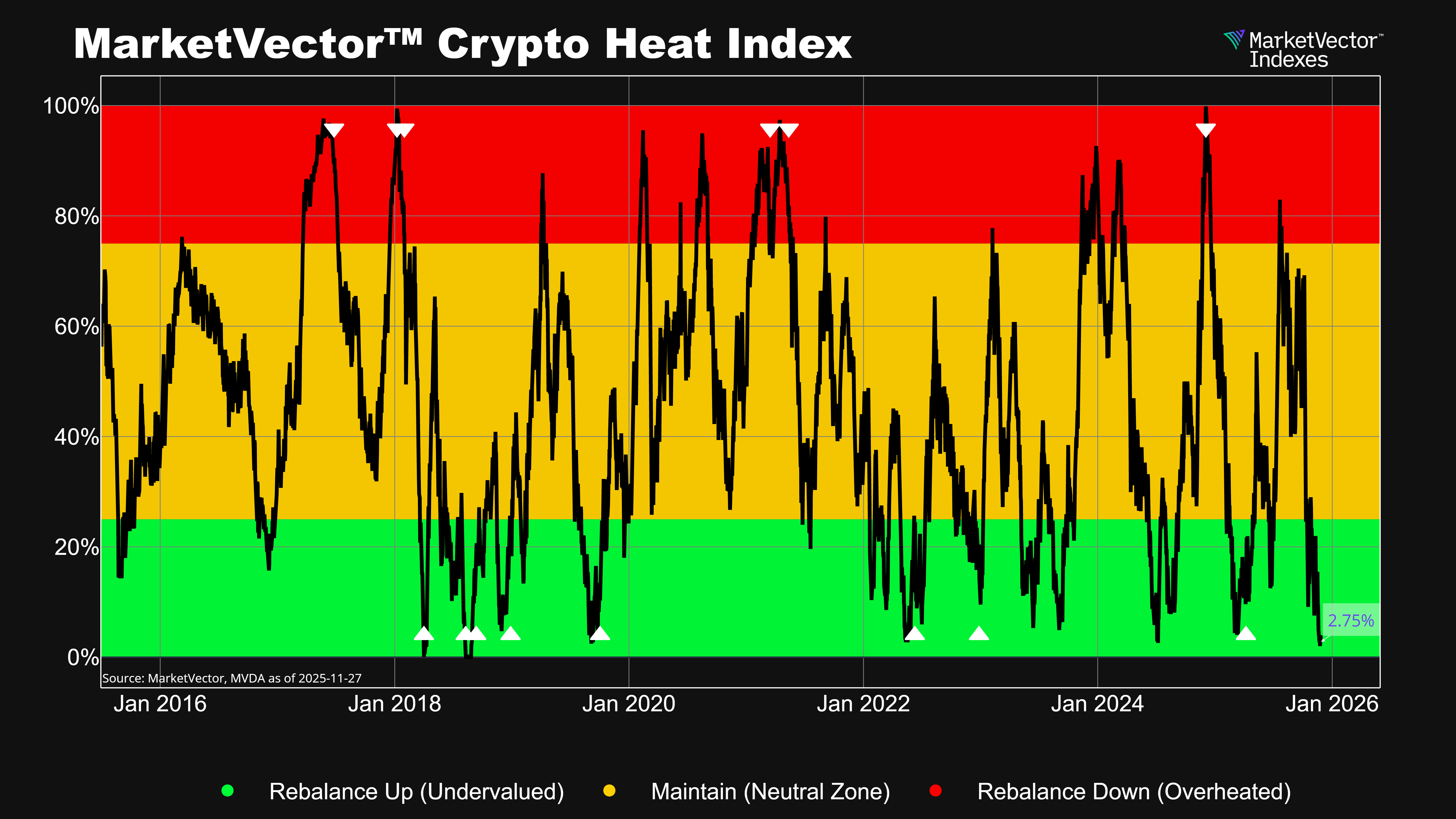Despite falling crypto prices, we see protocols with increasing fundamentals. ENS is such an example. Ethereum Name Service (ENS) is a domain name registry protocol that maps a readable name (e.g. name.eth) to an Ethereum address.
What is ENS? You can register a domain name via the blockchain. Domain names are digital assets that map IP addresses to more human-readable names (e.g. 145.253.108 to mvis-indices.com). ENS takes the same concept of the Domain Name Service (DNS), which mapped simple website names to their IP addresses, to make crypto addresses easy to read and share. ENS replaces the complicated public address and replaces it with a simple name that is easy to read and easy to remember. Something like “0xb794f5ea0ba39494ce839613fffba74279579268” becomes as simple as “Bob.eth.” However, unlike the Domain Name System, ENS is a completely open, decentralized, not-for-profit naming system that's Web3-friendly.
What service do you get? You can use you ENS address as your Web3 identity or use it to receive payments in the Ethereum network. The user has full control over the address. In conjunction with the interplanetary file system (IPFS), the ENS address can be used for a decentralized website.
MVIS® CryptoCompare Infrastructure Application Index
30/05/2021-30/05/2022

Source: MarketVector Indexes. All values are rebased to 100. Data as of 30 May 2022.
The Count of .eth Monthly Registrations

Source: Dune, Data as of 30 May 2022
As the chart shows, people like the ENS service. While cryptocurrency and NFT markets have generally been facing headwinds in recent weeks, the ENS project has been undergoing staggering growth. According to the founder and lead developer Nick Johnson, May 2022 was already the protocol’s new best month for income, new users, returning users, registrations, renewals, and revenues.
It’s during crypto winter, where you can see which protocols and products have a sustainable use case. Do you like the token just to speculate or because you like the underlying product? ENS is part of the MVIS® CryptoCompare Infrastructure Application Index (ticker: MVIAP). As infrastructure application protocols scale and enable functionality across multiple smart contract protocols, we expect the data availability and thus valuation visibility to improve.
Get the latest news & insights from MarketVector
Get the newsletterRelated:




